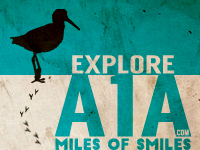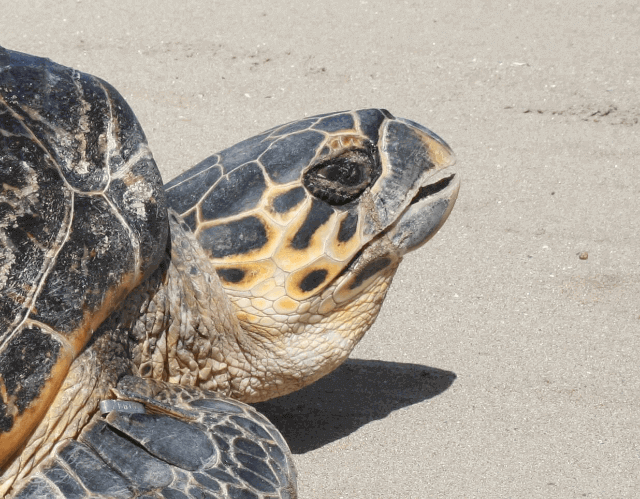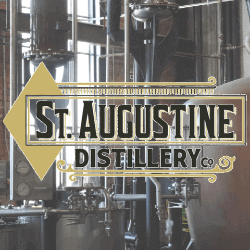The Nature Conservancy and partners’ recently-published PLOS ONE paper shows that the South Pacific’s largest hawksbill turtle rookery shows signs of recovery after 150 years of excessive exploitation. This study analyzed 22 years of data on hawksbill turtles in the Arnavons, located in the Solomon Islands, including beach counts and turtle tagging data. The results show a dramatic increase in turtle populations — the only example of such a recovery in the region.Since The Nature Conservancy, local communities, and the Islands’ government have partnered to save the world’s critically endangered hawksbill sea turtle, the local population has doubled in the past 20 years. This is a 200% increase from record lows in the 1990s when the turtles had been hunted to the brink of extinction.“Turtles are at 10% of their numbers they were at a century ago, and roughly only one out of every 1,000 turtle eggs make it to adulthood,” said Richard Hamilton, Melanesia Program Director, The Nature Conservancy and PLOS ONE lead author. “This remarkable recovery shows that changes in policy, inclusive community-based management, and long-term commitment can turn the tide for one of the most charismatic and endangered species on our planet.”







